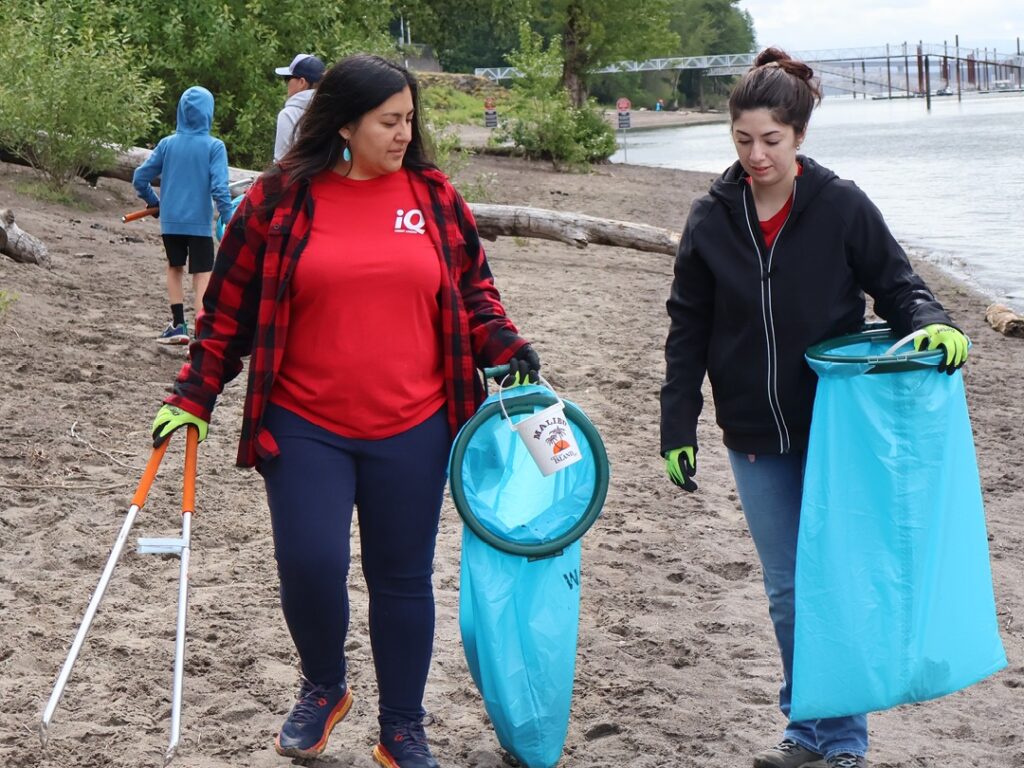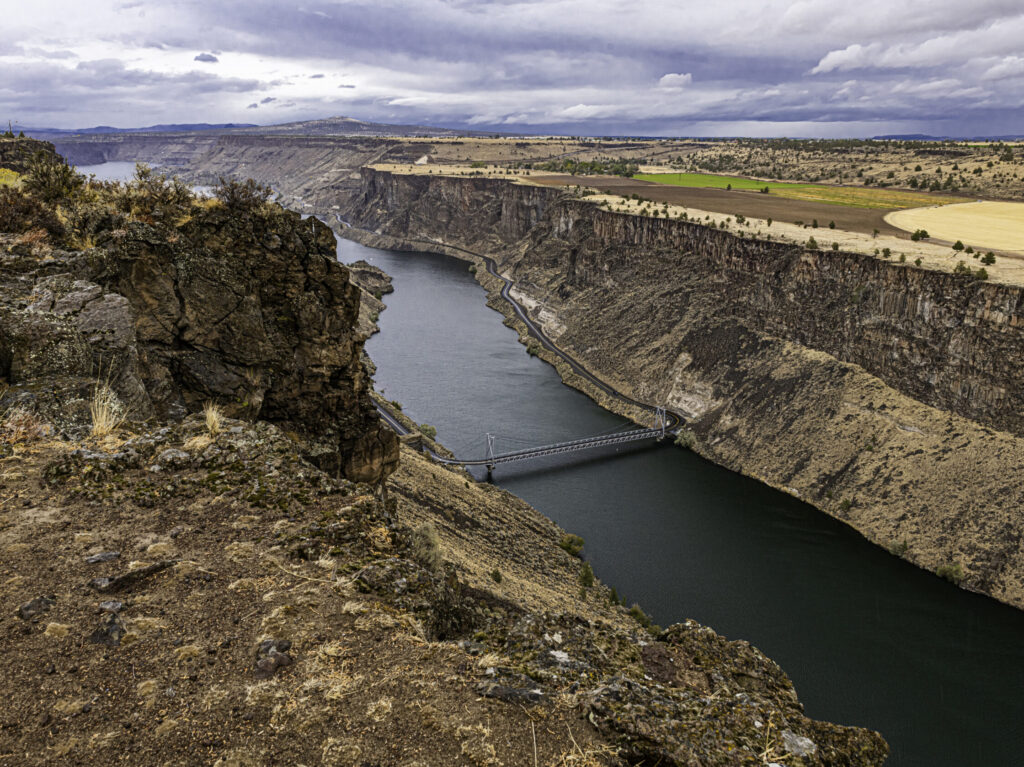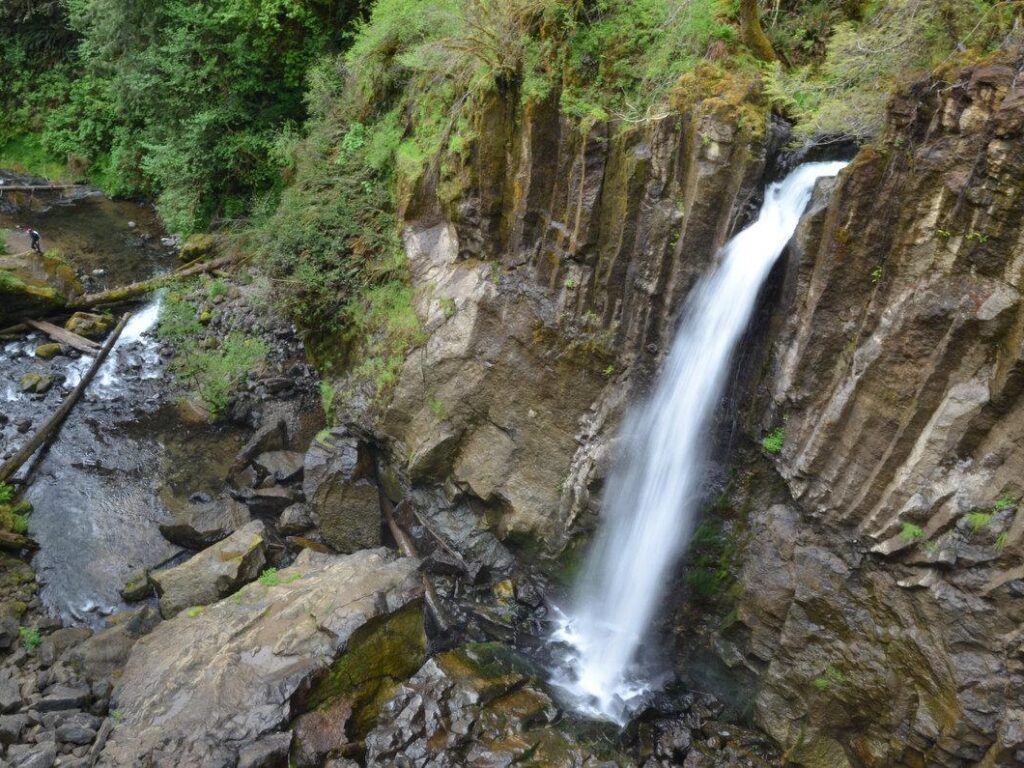Oregon Water Stories: Multnomah County
Author
Posted
Share

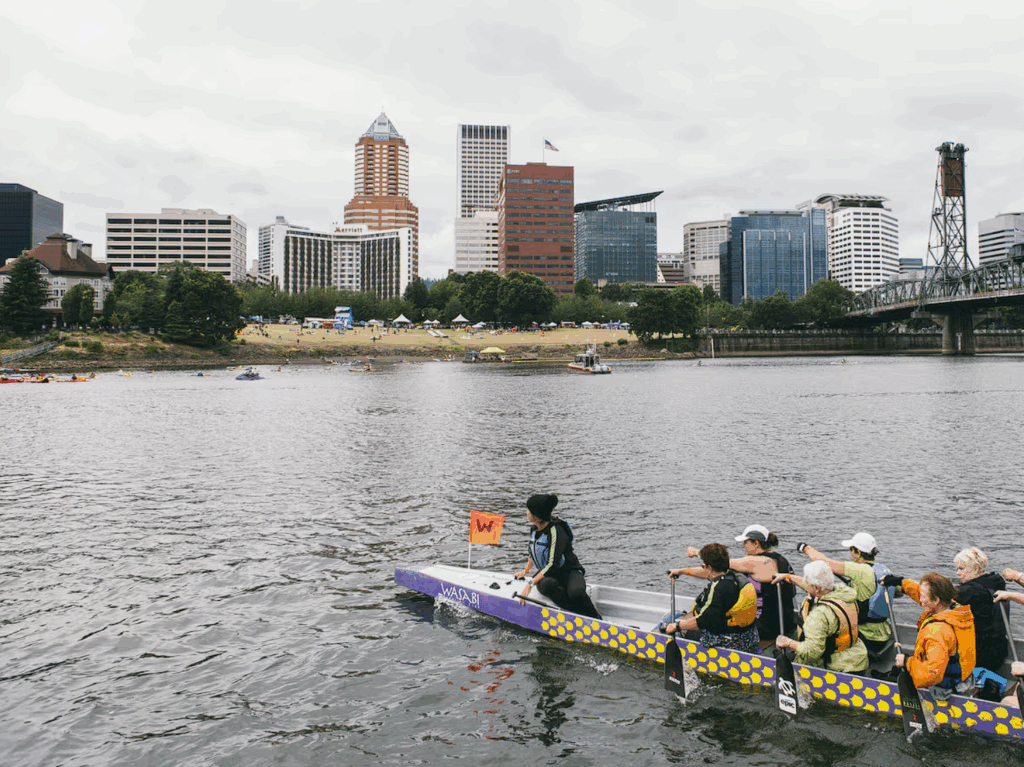
Oregon Water Stories is a project of PSU Professor Melissa Haefner’s freshman inquiry class, running from 2018 to present. The goal of the project is to gather stories from around the state of Oregon that relate to the modern relationship between humans and water. Haefner’s 2023 class wrote profiles on various Oregon counties that explored the different water challenges being tackled around the state. The following profile from one of Haefner’s students has been abridged and revised, with permission, for sharing here.
Water runs deep in Multnomah County—through its history, infrastructure, and community. From the canals of the Columbia Slough to the flow of the Willamette River, the region’s waterways are essential to life in Portland and beyond. They nourish communities, support ecosystems, anchor our memory. But we are also at the center of pressing challenges—pollution, infrastructure strain, environmental injustice, and climate risk—that require a collaborative response.

The Columbia Slough
The Columbia Slough Watershed is a complex system, made up of about 60 miles of lakes, wetlands, and canals connected to a 20-mile main channel. Its six distinct reaches each face different environmental pressures. Flooding is a constant threat, managed by a patchwork of levees, floodgates, and pumps. This infrastructure supports critical facilities, from Portland International Airport and Port of Portland terminals to more than 40 public schools.
Yet, urbanization has long compromised the health of this watershed. Decades of development, industry, and environmental manipulation have left the Columbia Slough riddled with pollutants—including pesticides and industrial waste. Species like salmon and steelhead that depend on its calm waters for migration and spawning are now endangered. Community efforts, including the Columbia Slough Sediment Program and advisories about fish consumption, aim to reduce exposure to contaminants, but many residents remain unaware of the risks lurking in their local waters.
The watershed’s fragility is also shaped by its history. Since settler arrival, the Slough has been re-engineered to serve economic growth at the cost of ecological balance. Native peoples, who once thrived in harmony with this environment, have been displaced. Reconnecting people with this land and its ecosystems through education and stewardship is essential for long-term restoration.
Multnomah County’s Water Challenges
Multnomah County’s water issues extend beyond the Columbia Slough. The region’s geography—including its low-lying areas and confluence of major rivers—makes it moderately to severely prone to flooding. Portland, the county’s most populous city, has historically faced major disasters like the Vanport Flood of 1948, a catastrophic event that destroyed Oregon’s second-largest city and disproportionately affected Black residents.
Addressing these risks today requires more than floodgates and levees. It requires historical awareness, demographic understanding, and bold innovation. For example, the Water Infrastructure Finance and Innovation Act (WIFIA) has helped fund a $65 million groundwater development project in Gresham, designed to improve water quality and reduce reliance on vulnerable sources during extreme weather events. Meanwhile, the county continues to grapple with water contamination issues like lead exposure in Portland’s drinking supply—threats that are not just technical, but deeply tied to public health and environmental justice.
Effective responses must consider the needs of vulnerable communities and involve partnerships across governments, nonprofits, and neighborhoods. Whether through infrastructure investment or educational outreach, water resilience in Multnomah County hinges on collaboration.
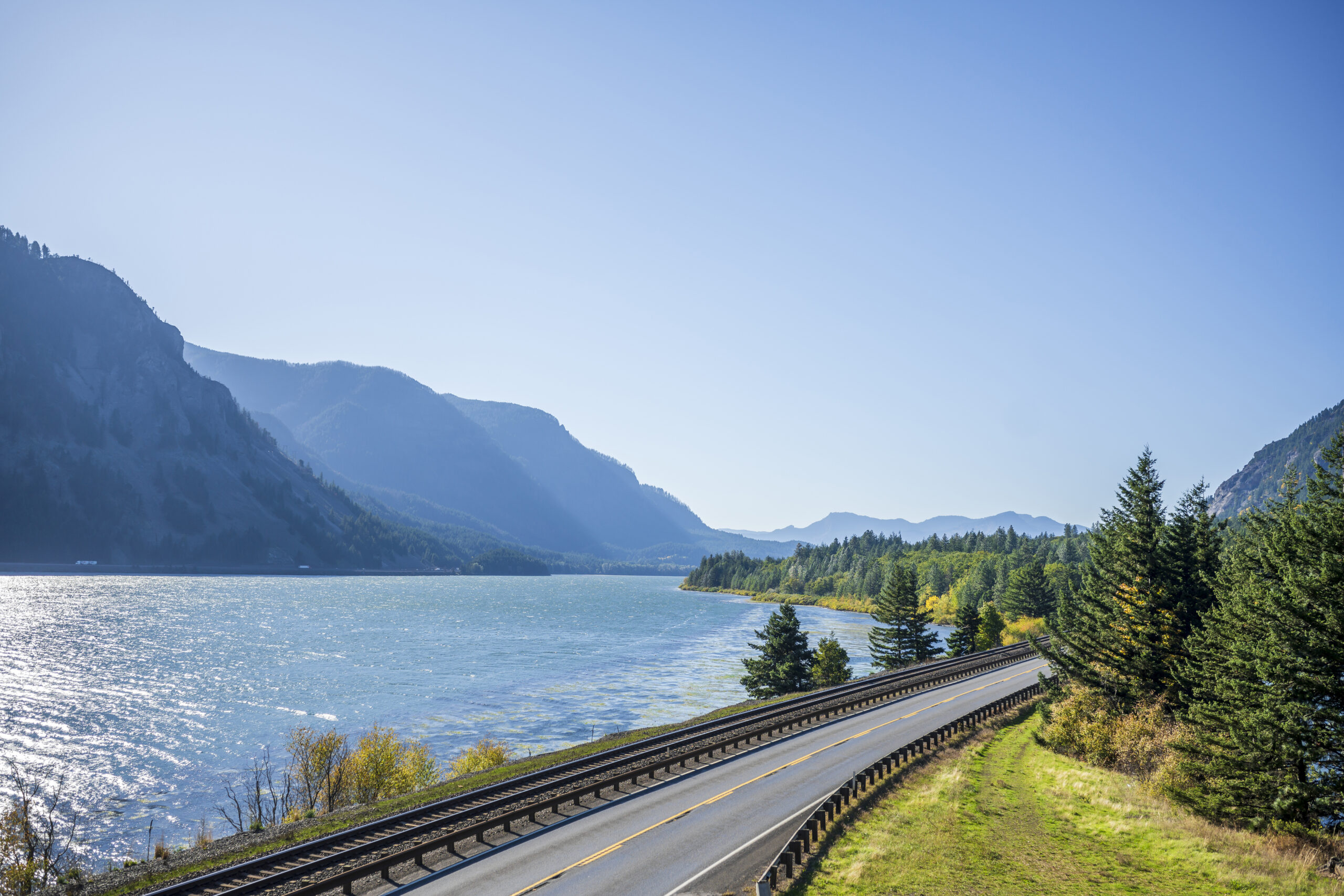
The Willamette River Watershed
Stretching 300 miles from Waldo Lake to the Columbia River, the Willamette River is Oregon’s largest watershed—and its most consequential. Home to 70% of the state’s population, the Willamette Valley depends on the river for drinking water, agriculture, and biodiversity. Thirteen major tributaries and as many dams regulate its flow, providing flood control and hydroelectricity.
These human interventions come at a cost. The construction of dams—launched as part of the Willamette Valley Project in the mid-20th century—helped tame the river but drastically reduced fish populations. Steelhead and salmon counts have dropped, threatening not only biodiversity but also cultural traditions. Indigenous communities like the Confederated Tribes of the Grand Ronde once held seasonal ceremonies honoring these fish. Today, much of that reverence has been lost in urban society’s detachment from the river.
Pollution is another persistent challenge. For over 150 years, industrial and residential development has altered the river’s landscape. Sewage overflows, especially during heavy rain, once introduced high levels of E. coli into the water. The Big Pipe Project, completed in 2011 at a cost of $1.4 billion, cut these overflows by more than 90%—a major win for public health and ecological recovery. Still, every solution creates new pressures, such as the carbon footprint of massive infrastructure projects.
Climate policy decisions far from Oregon also shape local water realities. For instance, the federal Willow Project in Alaska, expected to release over 9 million metric tons of carbon emissions, will indirectly affect Oregon’s rivers through global warming. As a tributary of the Columbia, the Willamette’s health is intricately linked to broader environmental systems.
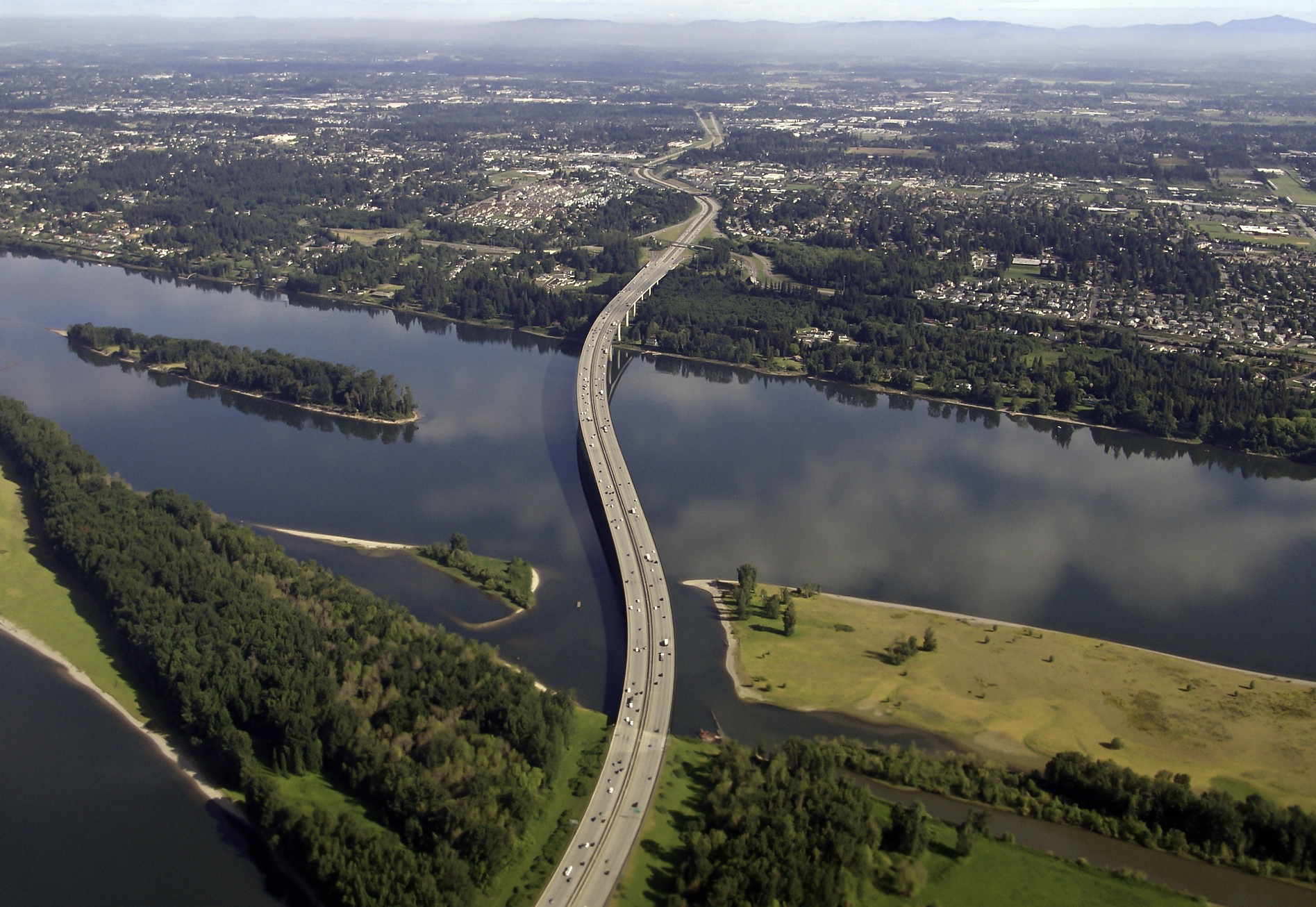
A Call for Connection and Stewardship
Water in Multnomah County tells a story of human ambition and ecological consequence. It flows through histories of displacement, decisions of power, and moments of resilience. Whether in the form of urban stormwater, ancient fish runs, or deep groundwater reserves, water reminds us that everything is connected.
As we face new threats—climate change, aging infrastructure, pollution—we must ground our solutions in community voices, Indigenous knowledge, and scientific insight. Restoring and protecting watersheds like the Columbia Slough and the Willamette River isn’t just about technology; it’s about culture, justice, and vision. The path forward isn’t easy, but it’s one we must take together—for the fish, for the future, and for all who call this place home.

Related Posts
Watershed Alliance of SW Washington
Watershed Alliance of SW Washington is a non-profit organization located in Vancouver, Washington. Their mission…
Oregon Water Stories: Jefferson County
Oregon Water Stories is a project of PSU Professor Melissa Haefner’s freshman inquiry class, running…
Oregon Water Stories: Lincoln County
Oregon Water Stories is a project of PSU Professor Melissa Haefner’s freshman inquiry class, running…


